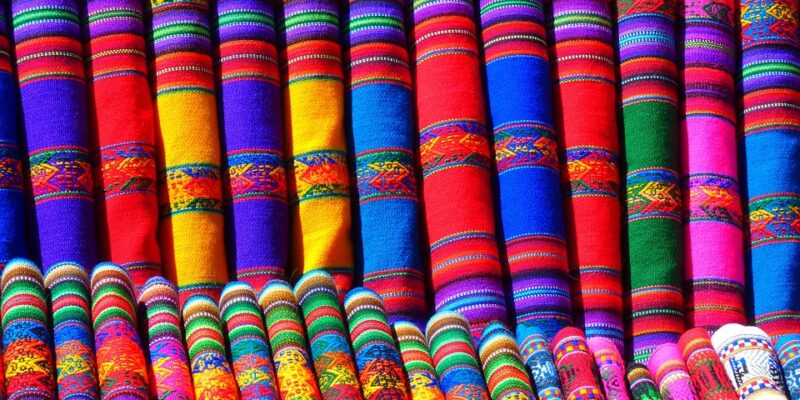Creating Realistic Dynamic Hair and Cloth Simulations in 3D Animation
Introduction
Creating realistic dynamic hair and cloth simulations is crucial in 3D animation to bring characters to life and enhance the overall quality of the animation. In this article, we will explore the techniques and tools used to achieve realistic hair and cloth simulations in 3D animation.
Dynamic Hair Simulations
Dynamic hair simulations involve creating natural-looking hair movements that respond realistically to various forces and interactions. There are several techniques and tools available to achieve dynamic hair simulations in 3D animation.
One of the most popular tools for dynamic hair simulations is the use of physics-based simulation software such as nHair in Autodesk Maya or HairWorks in Unreal Engine. These tools allow animators to define the properties of the hair strands, such as stiffness, elasticity, and gravity, and simulate realistic hair movements based on these properties.
Another technique for creating dynamic hair simulations is the use of hair dynamics modifiers in 3D software such as Blender. These modifiers allow animators to add realistic physics-based movements to hair strands, such as wind effects, gravity, and collisions with other objects.
In addition to physics-based simulations, animators can also use keyframe animation techniques to manually animate hair movements. This involves creating keyframes at different points in the animation timeline to define the position and shape of the hair strands, resulting in realistic and nuanced hair movements.
Creating Realistic Cloth Simulations
Cloth simulations are essential in creating realistic clothing movements for characters in 3D animation. There are several techniques and tools available to achieve realistic cloth simulations in 3D animation.
One of the most popular tools for cloth simulations is the use of cloth dynamics in 3D software such as Marvelous Designer. This software allows animators to define the properties of the cloth, such as thickness, elasticity, and friction, and simulate realistic cloth movements based on these properties.
Another technique for creating realistic cloth simulations is the use of cloth modifiers in 3D software such as Blender. These modifiers allow animators to add realistic physics-based movements to cloth objects, such as wrinkling, folding, and stretching.
In addition to physics-based simulations, animators can also use keyframe animation techniques to manually animate cloth movements. This involves creating keyframes at different points in the animation timeline to define the position and shape of the cloth objects, resulting in realistic and dynamic cloth movements.
Tips for Creating Realistic Hair and Cloth Simulations
– Start with a good base mesh: When creating hair and cloth simulations, it is important to start with a clean and well-modeled base mesh. This will provide a solid foundation for the simulations and help achieve realistic results.
– Define fabric properties: When simulating cloth, it is important to define the properties of the fabric, such as thickness, elasticity, and friction. This will help create realistic cloth movements that accurately mimic the behavior of real-life fabrics.
– Experiment with different settings: When using physics-based simulation tools, such as nHair or Marvelous Designer, it is important to experiment with different settings to achieve the desired results. Adjusting parameters such as stiffness, elasticity, and gravity can help create more realistic simulations.
– Add details: To enhance the realism of hair and cloth simulations, it is important to add details such as flyaway hairs, wrinkles, and folds. These small details can make a big difference in the overall look and feel of the animation.
– Refine animations: After creating the hair and cloth simulations, it is important to refine the animations by adjusting keyframes and making small tweaks to enhance the realism of the movements.
Conclusion
Creating realistic dynamic hair and cloth simulations is essential in 3D animation to bring characters to life and enhance the overall quality of the animation. By using physics-based simulation tools, cloth dynamics, and keyframe animation techniques, animators can achieve realistic and dynamic hair and cloth movements that accurately mimic the behavior of real-life objects. Experimenting with different settings, adding details, and refining animations are key steps in creating realistic hair and cloth simulations. By following these tips and techniques, animators can create compelling animations that captivate audiences and bring characters to life in the world of 3D animation.
